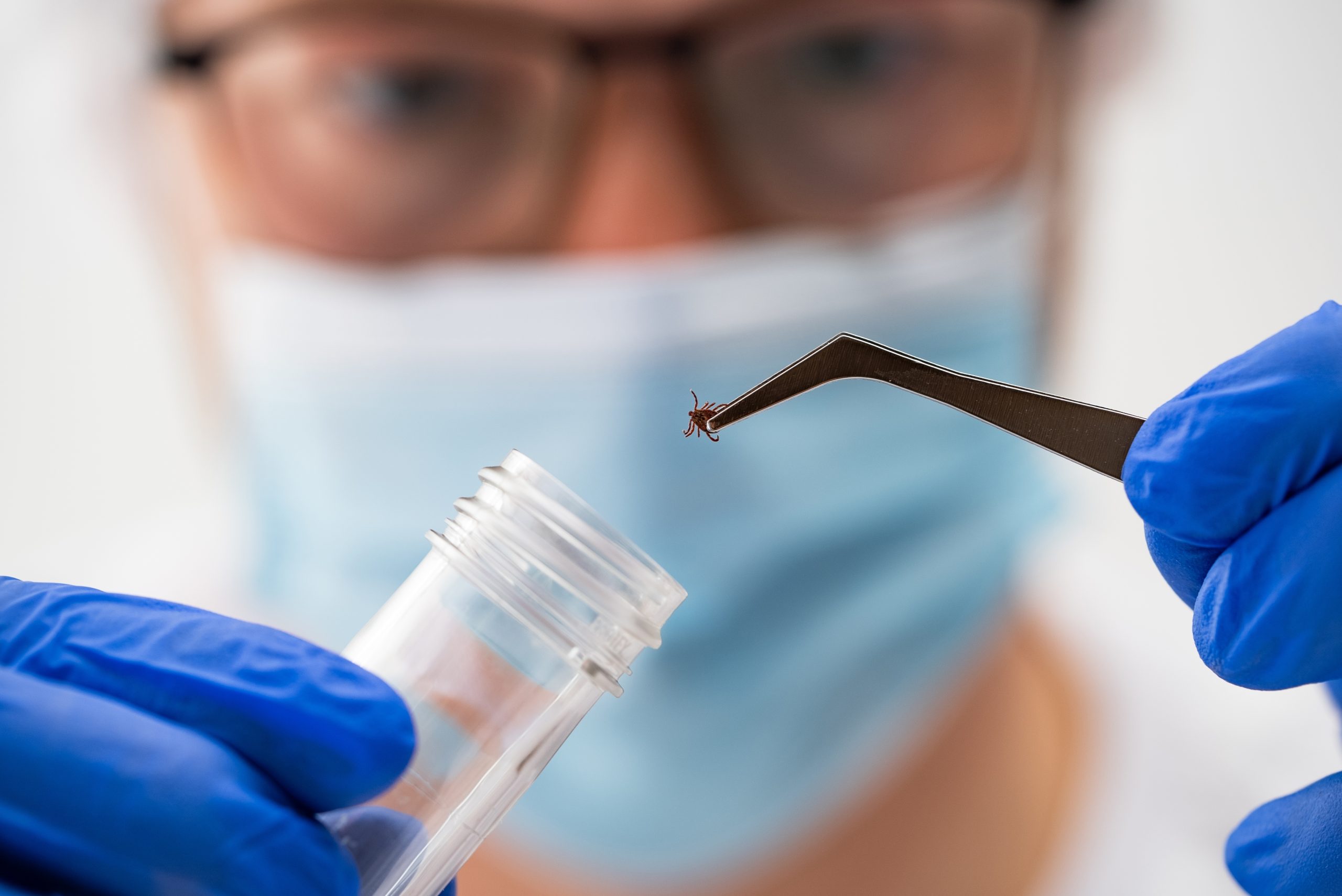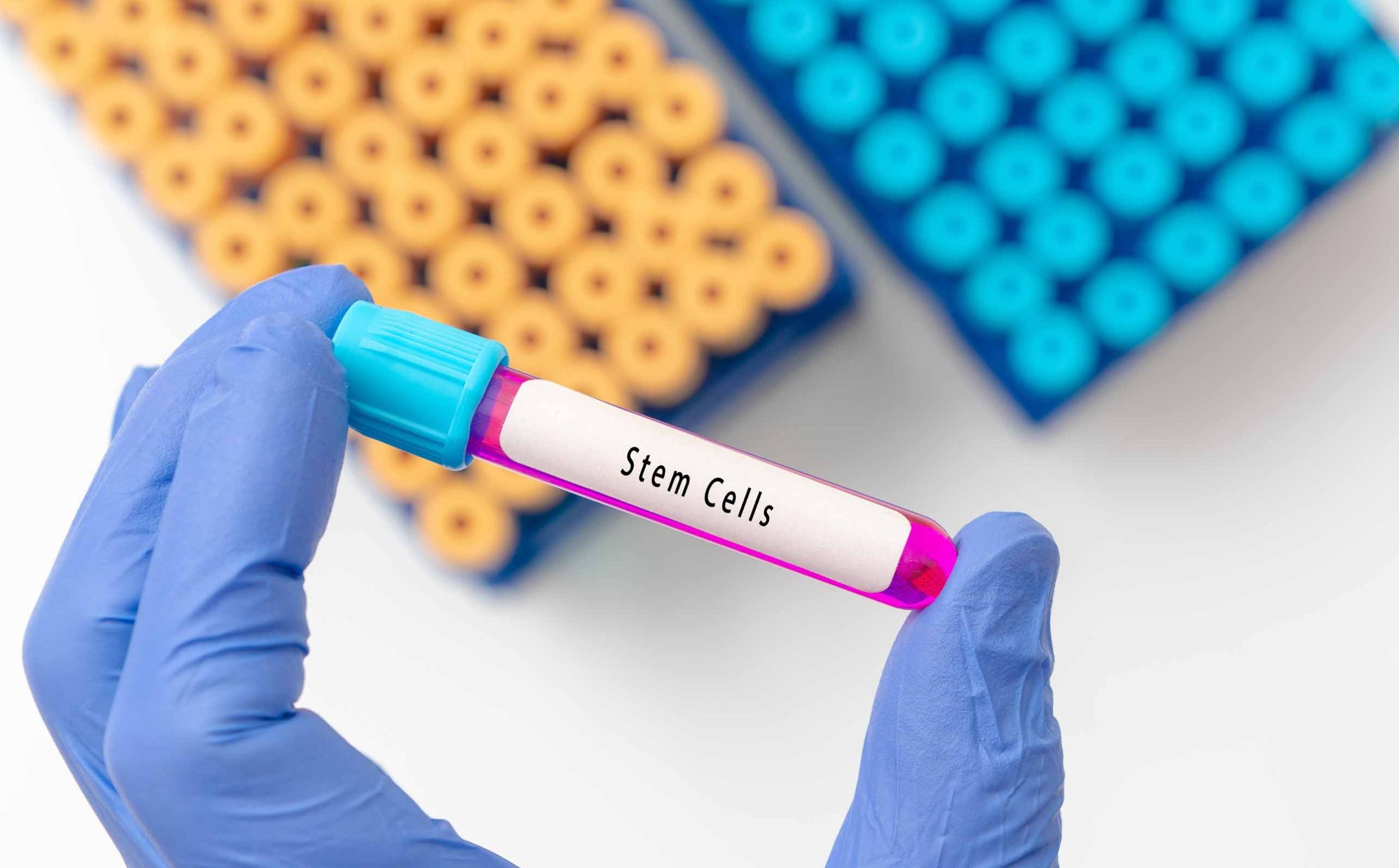Living alone with breast cancer can quietly triple your risk of dying in just two years—simply because you waited too long to see a doctor.
Quick Take
- Delays of over 90 days in seeking breast cancer care triple 2-year mortality risk
- Living alone is the strongest independent predictor of these dangerous delays
- Spain’s first multicenter prospective study singles out patient-driven delay, not system lag
- Findings urge targeted support for vulnerable, isolated patients
Why Delaying Care Is a Deadly Gamble
The difference between survival and tragedy in breast cancer can hinge on a single decision: when to pick up the phone and call a doctor. Spain’s largest prospective study of symptomatic breast cancer patients has drawn a sharp, non-negotiable line—wait more than 90 days from the first hint of a symptom, and your odds of dying within two years more than triple. This isn’t a slow statistical drift. It’s a cliff.
Researchers tracked 543 symptomatic women across 10 Spanish hospitals over two years, focusing solely on *patient-attributable delay*—the time patients themselves took before seeking help, not any missteps by the healthcare system. The clarity of their findings is unsettling. Delay, even in a country with universal health coverage, is lethal. The risk doesn’t just inch up; it explodes after the 90-day mark, exposing a chasm in survival that can’t be explained away by system inefficiency alone.
Living Alone: The Silent Multiplier
Of all the demographic and clinical factors scrutinized—age, income, education, tumor stage—only one stood out as a consistent, independent predictor of dangerous delay: living alone. Women who lived by themselves were 88 percent more likely to wait too long before seeking care. This holds true regardless of age, background, or tumor characteristics. Social isolation, often invisible in statistics, emerges as the hidden lever increasing risk. The implication is stark: loneliness is not just an emotional burden but a medical risk factor with measurable, deadly consequences.
The Spanish context is crucial here. In a health system designed to erase financial and logistical obstacles, social ties—or their absence—still rule the timeline between the first symptom and the first consultation. This pattern echoes findings from international meta-analyses, but Spain’s data offers the clearest proof yet that patient-driven delay is a distinct, modifiable contributor to early mortality. While system delays have long been in the crosshairs, this study shifts the spotlight to what happens before a patient ever steps through the clinic door.
Public Health Implications and Policy Crossroads
The ripple effects from these findings are already moving through Spain’s health policy machinery. Hospitals and research networks are using the data to redraw clinical guidelines, prioritizing rapid response not just for all patients, but especially for those flagged as socially isolated. Patient advocacy groups are sounding the alarm: awareness campaigns must go beyond generic encouragement and target the specific barriers faced by those living alone. The economic logic is compelling—early intervention not only saves lives but also lowers the cost of advanced cancer care, making a strong case for integrating social support into oncology pathways.
For clinicians, the evidence demands a more holistic intake process. Asking about a patient’s living situation is no longer a mere checkbox; it’s a critical triage tool. For policymakers, the message is equally clear: universal health coverage is necessary but not sufficient. To close the survival gap, interventions must address social determinants head-on, deploying community outreach, home visits, and support networks wherever isolation breeds delay.
The Debate: Delay Thresholds and the Social Equation
Not all experts agree on where to set the alarm bells. Some meta-analyses suggest that delays of less than 90 days may not have the same drastic effect, and there’s ongoing debate about the role of psychological factors and cultural attitudes. But for delays exceeding three months, the consensus is overwhelming: the risk is real, measurable, and preventable. Critics of the Spanish study point to its reliance on self-reported timelines and the lack of granular psychosocial data. Supporters counter that the sheer scale and prospective design make its conclusions hard to dismiss.
What’s not in dispute is the need for a cultural and medical shift. The period between first symptom and first consultation is a black box in cancer care—and it is where lives are quietly lost. Social isolation, often dismissed as a background variable, emerges as the most actionable risk factor. The challenge now is to move from insight to intervention, ensuring that no one faces breast cancer—diagnosis or delay—alone.
Sources:
Biosistemak publication summary











